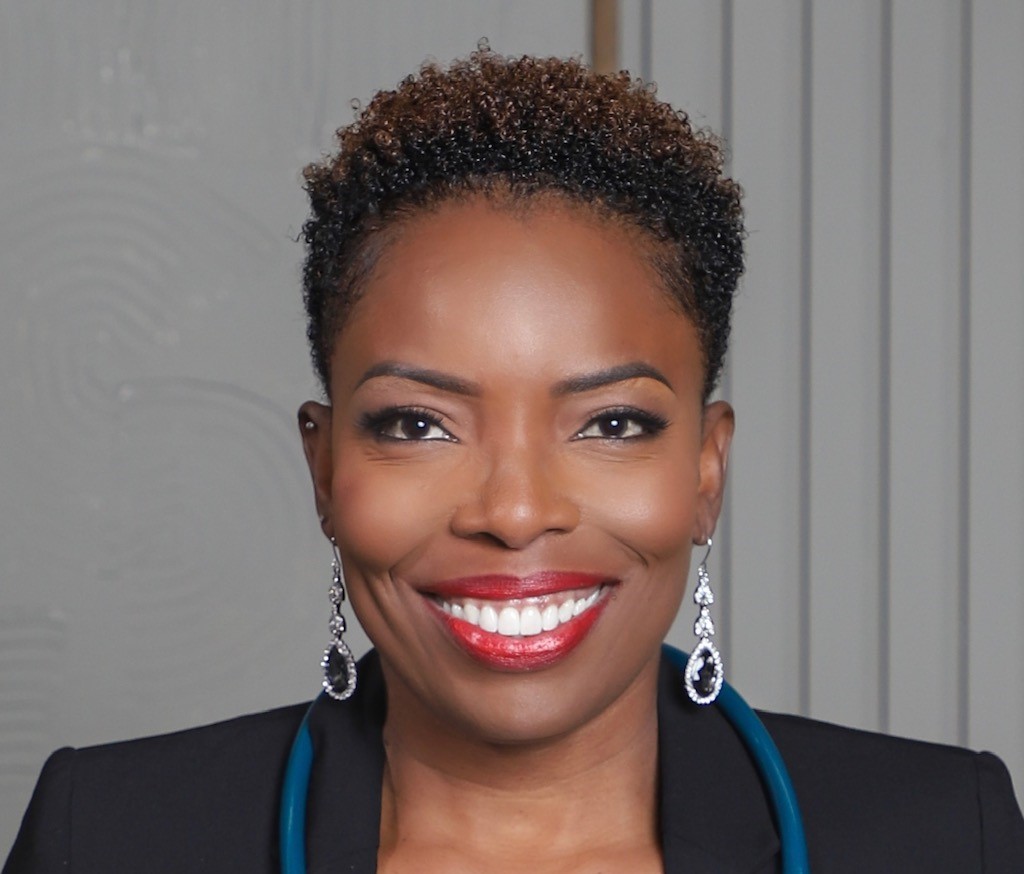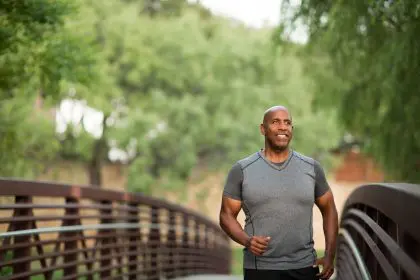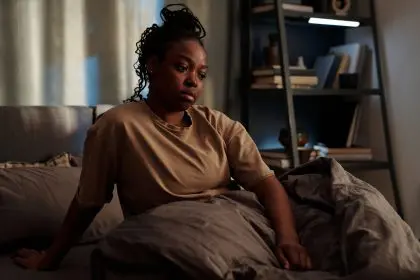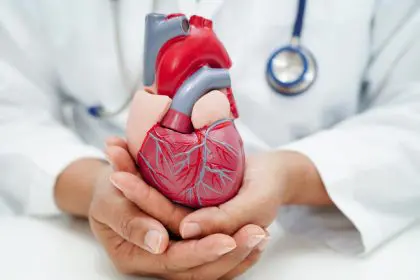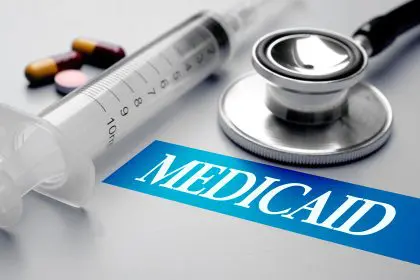The light filters softly through the windows of Dr. Donna Patterson’s health spa in McDonough, Georgia, where she has built a practice dedicated to addressing one of the most persistent and troubling health disparities in America, the disproportionate impact of heart disease on Black Americans. With an air of quiet determination, she dispels long-held myths about these disparities with scientific precision and cultural insight.
“I personally would say it is more so not genetics, because of the fact that it is preventable,” Patterson explains, her voice calm but resolute. “Heart disease is preventable, and if it was genetics, we would not be able to prevent it.”
This observation cuts to the heart of a critical misconception about health disparities that has allowed systemic problems to persist under the guise of biological inevitability. It’s a perspective that challenges both medical orthodoxy and cultural assumptions about Black health outcomes.
The social dimensions of heart disease
When examining the higher rates of heart disease among African Americans, Dr. Patterson immediately points to social determinants rather than biological destiny. “African Americans traditionally do not have access to care as maybe the other cultures,” she notes, highlighting a foundational inequality that shapes health outcomes before symptoms ever appear.
The consequences manifest in stark statistics. Black Americans suffer from higher rates of hypertension, stroke, and heart failure, conditions that Dr. Patterson sees as stemming from three interconnected factors:
- Limited healthcare access that delays preventive care and early intervention
- Higher obesity rates that serve as “the underlying factor for high blood pressure”
- Historical mistrust of the healthcare system that leads to avoidance of medical care
This third factor cannot be overstated. “African Americans don’t like going to the doctors, especially the males,” Patterson observes, connecting this hesitancy to historical traumas like the Tuskegee experiment. “There’s a lack of trust where the healthcare system is concerned.”
The shadow of this history stretches into present-day care disparities. Patterson cites research showing “that when African Americans are in a hospital setting, they do not get the same quality of care and referrals as the other cultures do.” This manifests in concrete ways: reduced access to pain medication and fewer specialist referrals, even when symptoms warrant them.
“If you need a cardiologist, you won’t be easily referred to see one, or you won’t be easily referred to see a neurologist as the others would be,” she explains. “And it’s because of bias, in the hospitals, in the healthcare setting.”
Advocating for yourself
When asked how Black Americans can overcome these barriers, Patterson’s approach shifts from systemic critique to individual empowerment.
“First of all, what we should be aware of is our own health, and learn how to advocate for ourselves,” she says. But her vision extends beyond simply navigating a flawed system, it aims to reduce dependence on that system altogether.
“Before you become a number in the health system, you want to start by prevention. You want to learn what can I do to take care of myself? So I don’t need to go to the hospital for high blood pressure, or I don’t need to go see a doctor for a heart attack or a stroke.”
This prevention-first philosophy represents both a practical health strategy and a subtle form of resistance against a system where Black patients often receive substandard care. By emphasizing lifestyle interventions, Patterson offers a pathway that simultaneously improves health outcomes and reduces vulnerability to medical bias.
The lifestyle prescription
When pressed on the most effective intervention for heart health, Patterson doesn’t hesitate, “I would definitely say, healthy lifestyle.”
Yet her conception of “healthy lifestyle” goes far beyond vague platitudes about eating better or exercising more. She offers specific, actionable guidance.
“Watching your sodium intake, reading food labels and making sure that you’re using fresh vegetables versus canned vegetables, making sure that you’re reducing the amount of fat in your diet, dietary fat,” she enumerates. “Using healthy oils instead of just using vegetable oils that are unhealthy.”
Patterson also emphasizes portion control, “It’s not about what you eat so much, but how much of it that you consume”, and recognizes how cultural food traditions can either support or undermine cardiovascular health.
For a community disproportionately affected by “the silent killer” of hypertension, these specificities matter. “So many people are walking around with high blood pressure, and they don’t even know it,” Patterson notes, highlighting the insidious nature of a condition that can cause devastating damage before symptoms appear.
When chest pain isn’t “just indigestion”
Perhaps most striking is Patterson’s confrontation of a pervasive and dangerous myth, the belief that medical care is only necessary in times of obvious illness.
“Most people feel like they don’t need to see or go see a doctor if they’re not sick,” she observes. “Most times, too, it is usually the women or the wives that are dragging the husbands to the hospital. They’ll be having chest pain, and then like, ‘Oh, I’ll just go lay down for a little bit.'”
This casual dismissal of potential cardiac symptoms represents a deadly form of medical procrastination that Patterson forcefully counters, “I want people to know that heart attack is real and high blood pressure is real.”
Her directive is unambiguous, “When it comes to your chest area where your heart and your lung resides, do not put that off at all. Always seek help, even if it’s indigestion.”
The stakes of ignoring such wisdom couldn’t be higher. “It’s better to be told that it’s nothing than to find out that you had a heart attack, and now your heart is so badly damaged because you turned up too late that we can do nothing about it.”
When lifestyle isn’t enough
For all her emphasis on prevention, Patterson acknowledges that medication often becomes necessary, and faces particular resistance in the Black community, especially among men. This resistance stems partly from concerns about side effects, particularly erectile dysfunction associated with some blood pressure medications.
“Most men especially may not want to take certain types of medication, because if you’re taking some specific types of blood pressure medication, it can cause erectile dysfunction, and no men want to mess with their stuff,” she observes with clinical frankness.
Yet Patterson has seen the consequences of medication refusal. “I’ve actually had patients who said, ‘I don’t want to be on this medication. I don’t want to be on blood pressure medicine’ when their pressure is 197 over 112, which is extremely high.”
Her response reframes the choice in stark terms. “Either you’re going to be on medication or you’re going to live healthy lifestyle. But one way or the other, if you are diagnosed with high blood pressure, this can kill you.”
As our conversation concludes, the sunlight shifts across the room, illuminating the fundamental choice Patterson presents to her patients and community, embrace prevention wholeheartedly or accept medical intervention when necessary, but never ignore cardiovascular health. It’s a message of agency and urgency, delivered with both the clinical precision of a medical professional and the cultural understanding of someone deeply committed to improving Black health outcomes.
In a healthcare landscape where systemic barriers persist, Dr. Patterson offers something equally valuable to statistical analysis or policy reform, practical wisdom that can save lives today, while the longer work of health equity continues.

